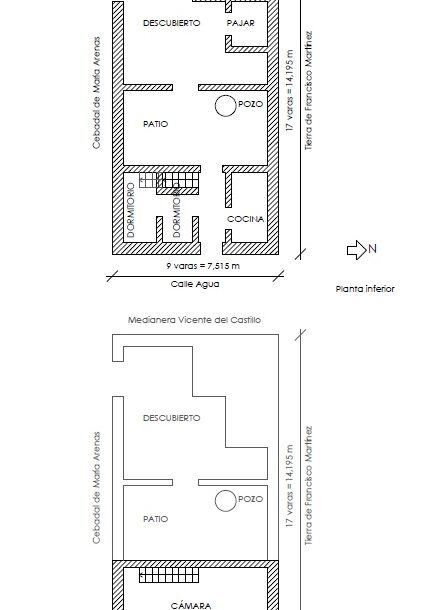
With the analysis of coastal projects aimed at optimising the natural conditions of the ports, we can see the efforts to adapt these characteristics to those of 18th century vessels. In the case of La Concha de Artedo, a technically simple project was carried out, but it even established the plan of a city, since, due to the characteristics of the orography and the terrain, the Cantabrian Ocean would be the main adversary.
Although many projects were never executed due to lack of time and means, they serve as a very close theoretical approximation of the Crown’s awareness of the importance of an excellent network of ports in a country like Spain, with an overseas empire to maintain and ports in a poor state of conservation and operation. It would be in the 19th century when state financing and the new steam and dredging machines would allow these plans of the previous century to be put into practice.
Collection: Images
Project: 3. Rural world and urban world in the formation of the European identity., 9. Travels and travelers: economic, social and cultural connections.
Chronology: XVIII
Scope: Secondary Education, Baccalaureate, University, Postgraduate
Link: http://www.tiemposmodernos.org/tm3/index.php/tm/article/view/5460
Resource type: Image
Format: Map
Source: García, M. R. (2020). "Dominar la naturaleza. Construir, limpiar y acondicionar puertos en el siglo XVIII en España: Pasajes y La Mora", en Tiempos modernos, nº 41, p. 205.
Language: Spanish
Date: 1786
Owner: Roberto José Alcalde López (Modernalia)
Copyright: ©Tiempos Modernos ©Manuel-Reyes García Hurtado
Abstract: Plan of La Concha de Artedo with the proposals for fitting out its ports in 1786
Tags






